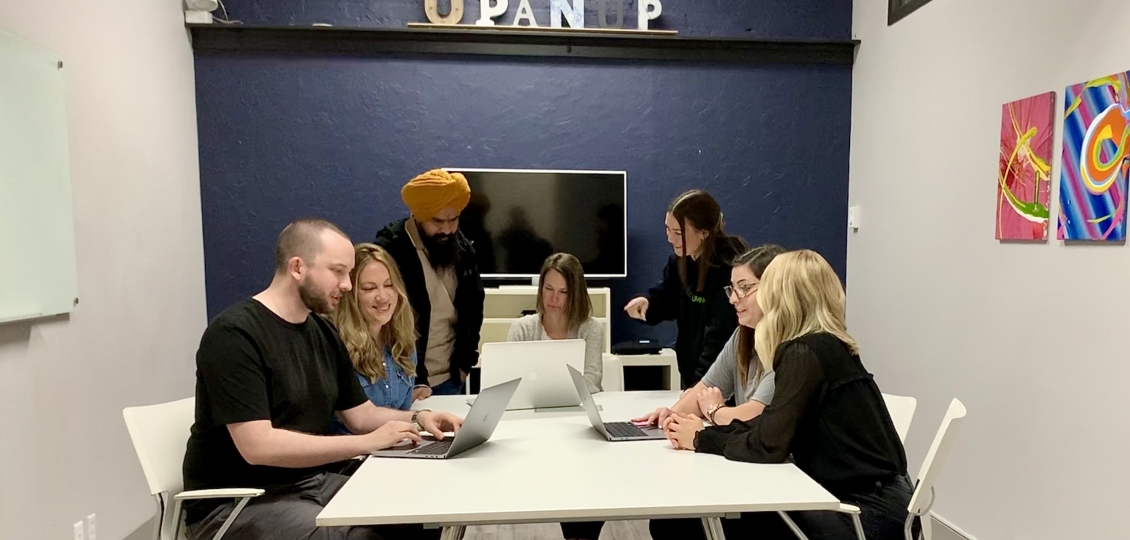
Accessibility Committees are responsible for providing guidance and direction regarding barriers that exist within municipal services and programs. Committees for municipalities are increasingly popular and, in some cases, mandatory. For example, municipalities in Ontario that have 10,000 or more residents must create a local accessibility advisory committee (AAC) and involve it in their planning processes (learn more on the Ontario Government website).
Benefits of an a11y committee
Accessibility is an important international topic (view this article to learn more about web accessibility). With accessibility legislation (AODA, B.C. Accessibility Act, Accessibility for Manitobans Act, and Washington State's Accessibility Legislation to mention a few) coming into effect, governments are often expected to lead the way for other organizations and businesses to adopt accessibility standards. A great way to maintain compliance and consistently improve accessibility is to form a committee. The benefits of implementing a committee include:
- Gaining valuable input from citizens and those directly affected
- Maintaining regulation compliance and therefore limiting risk
- Assigning someone to spearhead accessibility improvements (e.g., web a11y maintenance and improvements)
- Improving accessibility by being proactive, not reactive
What does an a11y committee do?
Accessibility committees will look different for each municipality but they often include similar responsibilities with the common goal of improving accessibility for people with disabilities. These may include:
- Developing and recommending accessibility standards to the government
- Engaging with the public on accessibility standards
- Providing input and consultation for the preparation, implementation, and monitoring of accessibility plans
- Raising accessibility awareness
- Encouraging feedback to share problems and solutions
- Implementing quality assurance procedures and preparing accessibility reports
- Consulting on legal matters related to accessibility
- Providing web and digital accessibility support
- Developing internal accessibility standards
- Representing the organization in accessibility-related public affairs
How to form an accessibility committee
If you are not sure where to start, we have outlined some basic steps to get you started:
- Set goals for your committee, for example:
- Proactively improve the quality of life for all citizens, including persons with disabilities
- Outline the committee's duties and responsibilities, for example:
- Participating in the annual, semi-annual, or quarterly development and/or adjustment of “the organization’s” Accessibility Plan(s)
- Advising the local government on the implementation and effectiveness of the Accessibility Plan to ensure that it addresses the identification, removal, and prevention of barriers to persons with disabilities
- Reviewing and monitoring existing and proposed policies of the local government for the purpose of providing advice with respect to the accessibility for persons with disabilities
- Reviewing the effectiveness of the plan and providing reports and documentation
- Determine how many people should be on your committee
- Committees are often made up of anywhere from two to fifteen people
- Determine the composition of your committee
- Ensure your committee is made up of some people with disabilities (e.g., some local governments require that the majority of members must be persons with disabilities). Other members may include people that represent others with disabilities (e.g., Parents of children with disabilities), people that represent organizations involving persons with disabilities; or people that are interested in issues related to persons with disabilities
- Committee members should be representative of gender, ethnicity, and different types of visible and invisible disabilities
- Determine the term
- For example, the committee term could be 1 year with the ability to serve for an additional 3 years to ensure others have the opportunity to join
- Determine how frequently the committee will meet
- Dependent on your goals, committee duties, current accessibility status, etc. your committee may want to meet bi-weekly, monthly, bi-monthly, quarterly, or annually
- Ask people to apply and ensure your channels are accessible
- Add an application webform on your website that follows web accessibility standards (engagement platforms can also assist with public feedback and recruiting)
- Promote the committee on your website, social media, etc.
- Advertise in municipal newsletters
If you have questions about web accessibility and maintenance get in touch with our team today. To learn more about web accessibility check out these articles: